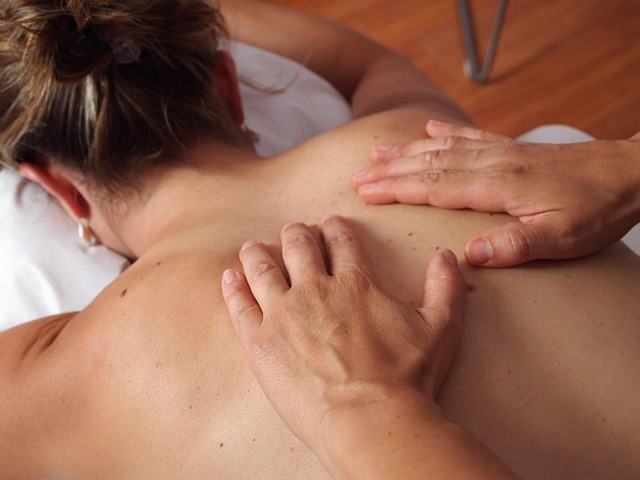Skin tags, caused by various factors including genetics, obesity, and friction, can be addressed through safe removal methods in Manchester. While traditional techniques pose risks, professional treatments like cryotherapy, laser removal, or surgical excision offer better outcomes. Post-removal care involves keeping the area clean, avoiding harsh products, and monitoring for new tags. A qualified dermatologist in Manchester provides personalized guidance for safe, effective, and long-lasting results.
Looking to safely remove skin tags in Manchester? This guide offers a comprehensive overview of best practices, focusing on understanding skin tags, effective removal methods, and post-removal care. Learn about the causes and risk factors behind these common growths to make informed decisions. Discover safe, at-home strategies and professional treatments, along with tips for rapid healing and prevention. Achieve smooth, tag-free skin with confidence.
- Understanding Skin Tags: Causes and Risk Factors
- Safe Removal Methods: A Comprehensive Guide
- Post-Removal Care: Tips for Fast Healing and Prevention
Understanding Skin Tags: Causes and Risk Factors
Skin tags, also known as acrochordons, are small, soft skin growths that typically appear in areas where skin rubs against itself, such as the neck, armpits, or groin. They are generally harmless and often hereditary, with certain populations more predisposed to developing them. Understanding the causes and risk factors associated with skin tags is essential for anyone considering Manchester Skin Tag Removal.
Several factors contribute to the formation of skin tags. Common causes include genetics, obesity, frequent friction or irritation in specific areas, and hormonal changes. Individuals with certain medical conditions, such as diabetes or thyroid disorders, may also be more susceptible. Moreover, age plays a role; while they can appear at any age, skin tags become more prevalent as people get older. Recognizing these factors is the first step towards effective prevention and safe removal methods when necessary.
Safe Removal Methods: A Comprehensive Guide
When considering Manchester skin tag removal, it’s crucial to understand that not all methods are created equal. Safe removal requires precision and a thorough understanding of the skin’s delicate nature. Traditional methods like cutting or burning can lead to infection, scarring, and pain. Instead, opt for professional treatments such as cryotherapy (freezing), laser removal, or surgical excision performed by qualified dermatologists.
Each method has its advantages and is suited to different skin types and tag sizes. Cryotherapy is quick and effective, while laser removal targets the root cause, leading to minimal regrowth. Surgical excision offers a permanent solution but may leave a small scar. Consulting with a Manchester skin tag removal expert ensures you receive a personalized recommendation tailored to your needs, guaranteeing safe, efficient, and lasting results.
Post-Removal Care: Tips for Fast Healing and Prevention
After successful Manchester Skin Tag Removal, proper post-care is essential for fast healing and preventing future tags from forming. Keep the area clean and dry; gently wash with mild soap and water, avoiding harsh scrubs or products that may irritate the skin. Apply a thin layer of unscented moisturizer to keep the skin hydrated but avoid direct contact with the removed tag’s site if possible.
To promote healing, consider using over-the-counter creams or ointments containing ingredients like hyaluronic acid or aloe vera. Avoid picking at the area and be mindful of sudden temperature changes or strenuous activities that could disrupt the healing process. Regularly inspect your skin to monitor any new growth and take proactive measures for ongoing skin health.
When considering Manchester Skin Tag Removal, it’s crucial to approach the process with both care and knowledge. By understanding the causes and risk factors of skin tags, you can make informed decisions about safe removal methods. Following a comprehensive guide that includes the best practices for at-home or professional treatments, along with proper post-removal care, will ensure fast healing and prevent recurrence. Remember, each individual’s skin is unique, so tailoring your approach to your specific needs is key.
